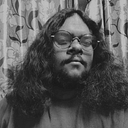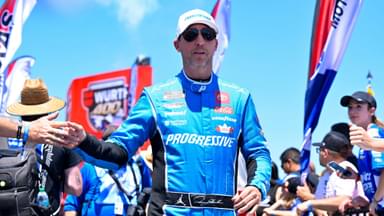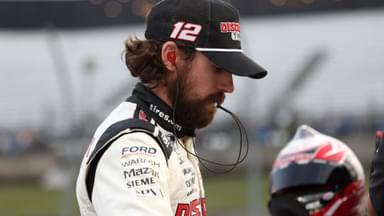Both the NFL and NASCAR are highly popular sporting spectacles with a similar demographic in the US. Surely, there ought to be some similarity between the two when it comes to the growth trajectory of a player/driver, right? This very subject was explained by Ryan Blaney recently.
Advertisement
During a podcast appearance, the Team Penske driver elaborated on the procedure for an athlete climbing up the ranks in NASCAR and how it was similar, yet different, from the NFL.
Blaney explained, “I feel like the steps are a little bit different. There’s a lot of similarities… Like we have little league, like there is local tiny… I started when I was like nine, so like go-karts all those stuff that’s just like a little league kid getting going. T ball or something.”
“So there’s different steps you take as you are getting older. I’d say like our AAA or AA is like Trucks or Xfinity Series and then you hope you get noticed and you make it up to the big leagues. You know, like the Cup Series.”
“I think it’s similar. You are not going to school for this stuff. There’s no scholarship for it. It’s just having good people around you, good sponsors are obviously huge on it,” he added.
Blaney went on to explain how there were multiple feeder series’ that one had to go through in a bid to get noticed by a team owner in order to land a future job.
Ryan Blaney explains how not everyone makes it to the top level
Further into the podcast, Blaney was asked if there are times when there might be great racecar drivers who exist in the lower levels but might have never gotten a shot to make it big because of the equipment or environment they were in.
Subsequently, he said, “That happens all the time. I mean there’s people that I think are great race car drivers but they haven’t got the shot I think they deserve. And that’s at any level whether it’s the NASCAR level or you are in a lower tier car or the local short track guys…”
He then elaborated how when he used to race at his local short tracks, oftentimes there were a lot of people who were usually twice his age. These drivers were great on the racetrack, however, they never got a shot to race in the big leagues.





